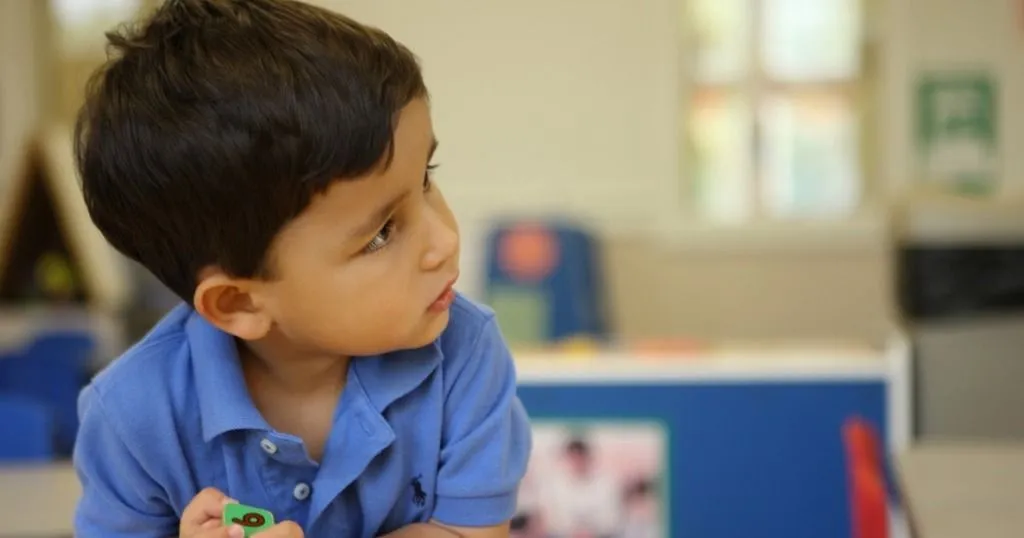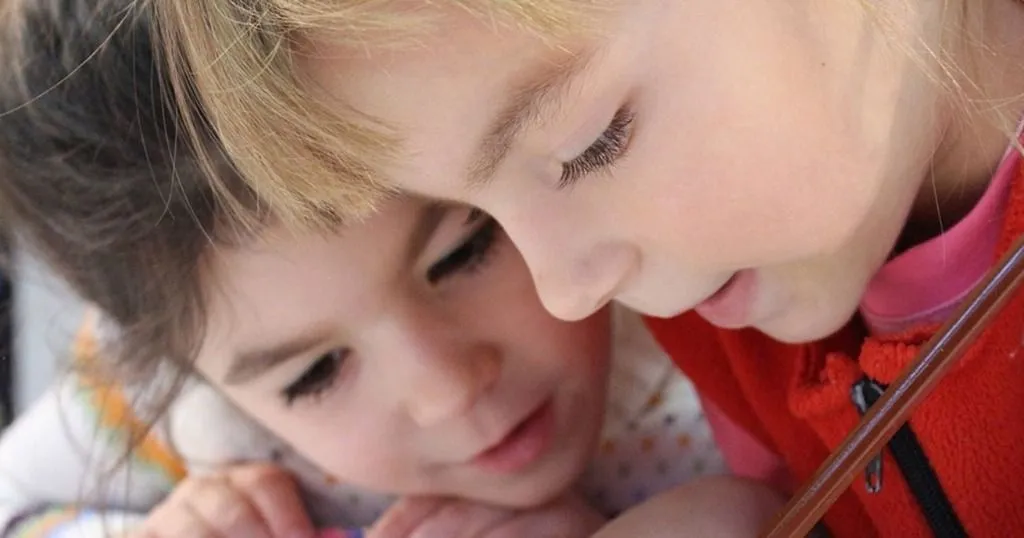How to measure couple communication patterns

Communication between husbands and wives is often discussed on TV, in magazines, and is frequently a topic of discussion amongst friends. Additionally, it is also a popular research theme.
Posted by
Published on
Thu 27 Sep. 2012
Communication between husbands and wives is often discussed on TV, in magazines, and is frequently a topic of discussion amongst friends. Additionally, it is also a popular research theme. Naturally, effective husband-wife communication can benefit a relationship. But are there specific behaviors which need enforcing and are they the same for every couple?
How to measure couple communication patterns
A positive attitude towards each other and active listening behavior such as nodding can serve a supportive environment. What about differences between American couples and Spanish couples? Or between couples who have been together for ages versus new, fresh couples? Couples living in an individualistic culture vs. couples living in a collectivistic culture? These cultural differences fascinate researchers all over the world.
Chinese vs. American couples
Recently, Williamson et al. dove into communication processes and relationship satisfaction among American and Chinese newlywed couples. Why newlyweds? The researchers explain that by selecting newlywed couples, they selected people who are at a common stage in their relationships.
Of course that is a common phase, but in this study there was a slight age difference, which should not be ignored as in average, Chinese couples were a 3 to 4 years younger. So do Chinese people marry earlier in life? While this is an interesting question, let’s focus instead on a separate question, upon which this research is based, namely…
Can we distinguish cultural influences in interpersonal communication in an intimate relationship?
All couples were visited at home, in the USA somewhere in Los Angeles County and in China in Zhejiang, Anhui, and Jiangsu province. For their research the researchers selected a social support paradigm: couples were instructed to discuss an aspect of themselves they would like to change.
The interactions were recorded on video and coded by professional, trained coders afterwards using a pre-defined coding scheme (Iowa Family Interaction Rating Scales). The IFIRS was developed at the Institute for Social and Behavioral Research at Iowa State University.
Williamson et al. focused on positive and negative behavior. For example, they indicate that shared laughter and nodding in agreement were coded as positive behavior.
Positive or negative behavior?
The researchers state that Chinese couples were observed displaying significantly more negative behavior than American couples.
However, Williamson et al. explain that future research will have to focus on which behaviors are culture-specific and which are not.
For example, it might be the case that encouragements to communicate with a partner in-line with Western ideals may not improve the Chinese couple’s relationship. Where American husbands might benefit from higher levels of positivity in their conversation, this might not be the case for Chinese husbands.
With any luck future research will tell us more (for example, what to do with inter-cultural relationships?).
Reference
Williamson, H.C.; Bradbury, T.N.; Karney, B.R.; Ju, X.; Fang, X. (2012). Communication behavior and relationship satisfaction among American and Chinese newlywed couples, Journal of Family Psychology, 26 (3), 308-315.
Related Posts

How to measure infant behavior

Physiological and behavioral analysis: coping with stress

